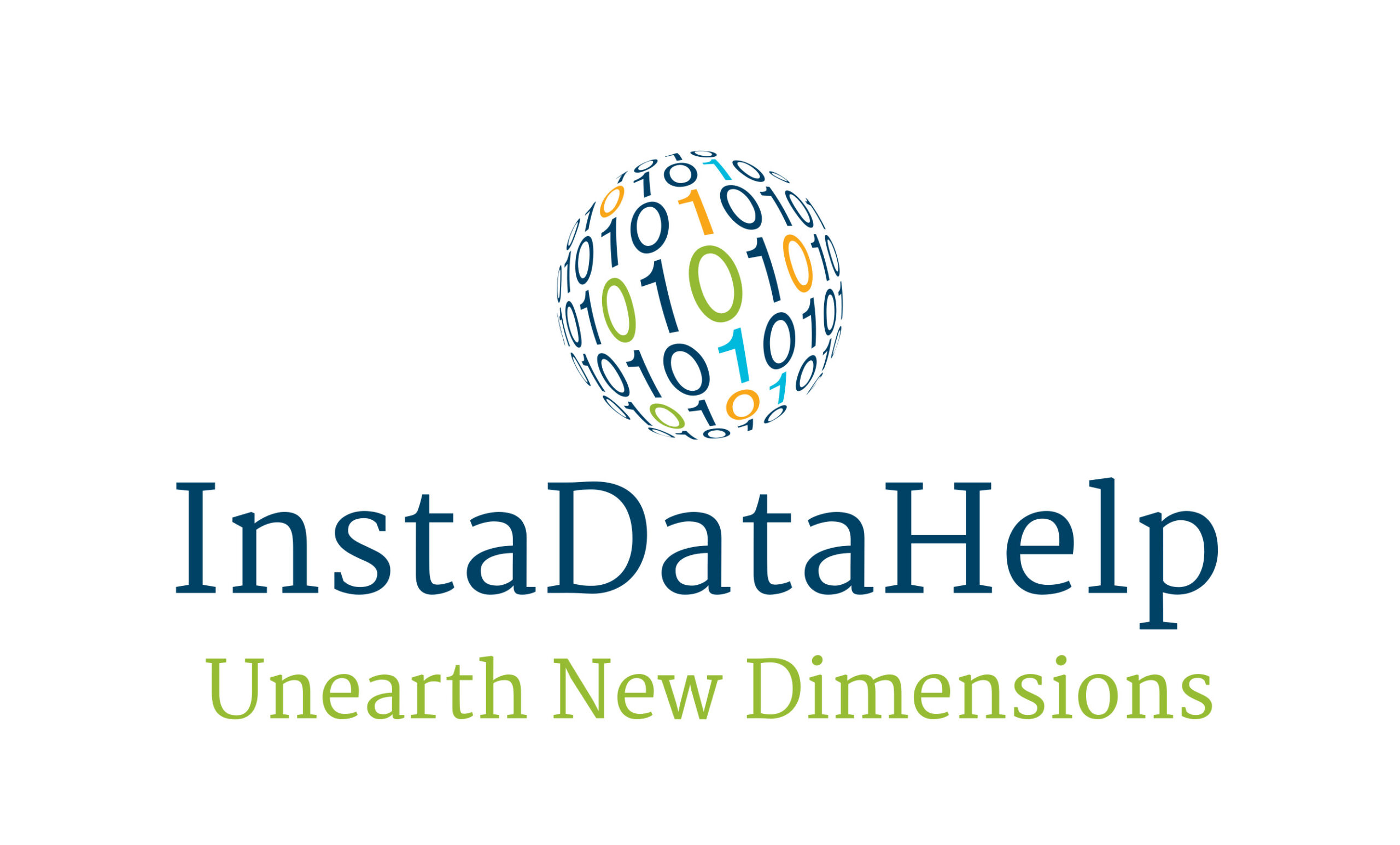TensorFlow vs. Other Machine Learning Frameworks: Which Reigns Supreme?
Introduction:
Machine learning has become an integral part of various industries, from healthcare to finance, and has revolutionized the way we approach complex problems. As the demand for machine learning solutions continues to grow, so does the number of frameworks available to developers. One of the most popular and widely used frameworks is TensorFlow. In this article, we will explore TensorFlow and compare it to other machine learning frameworks to determine which one reigns supreme.
What is TensorFlow?
TensorFlow is an open-source machine learning framework developed by Google. It was first released in 2015 and has since gained immense popularity due to its versatility and scalability. TensorFlow allows developers to build and deploy machine learning models across different platforms, including desktops, mobile devices, and even the cloud. It provides a comprehensive ecosystem of tools, libraries, and resources that simplify the development process and enable efficient model training and deployment.
TensorFlow Features:
1. Flexibility: TensorFlow offers a flexible architecture that allows developers to build and deploy models using various programming languages, including Python, C++, and Java. This flexibility makes it easier for developers to integrate TensorFlow into their existing workflows and leverage their existing knowledge and skills.
2. Scalability: TensorFlow is designed to scale seamlessly from a single machine to a distributed computing environment. It supports distributed training across multiple GPUs and even multiple machines, enabling developers to train large-scale models efficiently.
3. High-level APIs: TensorFlow provides high-level APIs, such as Keras, that simplify the development process and make it easier for beginners to get started with machine learning. These APIs abstract away the complexities of low-level operations and allow developers to focus on building and training models.
4. Visualization Tools: TensorFlow offers powerful visualization tools, such as TensorBoard, that enable developers to monitor and analyze the performance of their models. These tools provide insights into the model’s training progress, help identify bottlenecks, and facilitate model optimization.
Comparison with Other Frameworks:
1. PyTorch: PyTorch is another popular open-source machine learning framework that has gained significant traction in recent years. While TensorFlow and PyTorch share many similarities, they have some key differences. PyTorch is known for its dynamic computational graph, which allows for more flexibility during model development. On the other hand, TensorFlow’s static computational graph provides better performance and optimization opportunities. Both frameworks have extensive communities and support, making them viable options for machine learning projects.
2. Theano: Theano is an older machine learning framework that was widely used before the emergence of TensorFlow and PyTorch. While Theano is still actively maintained, its popularity has declined due to the rise of more user-friendly frameworks. TensorFlow offers a more comprehensive ecosystem and better integration with other tools and libraries, making it a more attractive choice for developers.
3. Caffe: Caffe is a deep learning framework that focuses primarily on convolutional neural networks (CNNs). It is known for its efficiency and speed, especially when it comes to image classification tasks. However, TensorFlow offers a broader range of functionalities and supports a wider variety of machine learning algorithms, making it a more versatile choice for developers.
Conclusion:
In the battle of machine learning frameworks, TensorFlow stands out as a powerful and versatile tool for building and deploying machine learning models. Its flexibility, scalability, and comprehensive ecosystem make it a top choice for developers across various industries. While other frameworks like PyTorch, Theano, and Caffe have their merits, TensorFlow’s extensive community support and integration capabilities give it an edge. Ultimately, the choice of framework depends on the specific requirements of the project and the developer’s familiarity with the tools. However, TensorFlow’s reign as the supreme machine learning framework is hard to dispute.


Recent Comments